The Hemp plant is a plant species that is extremely rich in several chemicals and contains a wide range of cannabinoids, including cannabinol, cannabigerol, and tetrahydrocannabivarin.
Among them, THC and CBD stand out for their abundance in cannabis flowers, but differentiating between them over time has been a significant challenge. This has also had important implications for awareness of the considerable differences and their effects on the human body.
Currently, commonly available hemp strains typically feature a much higher THC (tetrahydrocannabinol) content than CBD, CBG, CBN, and CBDA. This disparity has made it more complex to distinguish and isolate the effects of cannabidiol (CBD), which can sometimes be overshadowed by the psychotropic and mood-altering effects of THC.
The History of CBD
In the past, the situation was very different. When traditional Chinese medicine mentioned the many benefits of cannabis, it was referring to a plant that, in addition to THC, also contained a significant amount of CBD. Over the centuries, this legacy has been lost, leading to an almost automatic association between the marijuana plant and THC, the narcotic substance that has been banned in many countries.
Due to the numerous applications of hemp in various industries, science has renewed its interest in this plant, which had been suppressed due to severe restrictions during the prohibition period.
In recent studies on cannabinaceae, the beneficial and therapeutic potential of CBD has emerged in a surprising way, leaving most scholars astonished. The process of analyzing and confirming the results of this research is still at an early stage, but it has become clear that this cannabinoid can be used to meet a wide range of needs, both for humans and for our pets.

The Different Uses of CBD
It is extremely interesting to explore the effects that CBD can have on the human body.
The intake of this substance activates our cannabinoid receptors, triggering a process of rebalancing the functions of many of our organs, with particular attention to the nervous system, both central and peripheral, restoring a condition of general well-being, known as homeostasis. As a result, CBD has proven to be a valuable aid in the treatment of many ailments, both physical and mental in nature. Many of these disorders were known as early as 300-400 BC, especially by Chinese medicine experts and later by doctors in North Africa, Europe and, finally, the United States.
Based on this ancient knowledge and modern studies, it has been found that CBD does not have any significant side effects, unless there are interactions with other drugs or an abuse in use. As a result, the use of hemp products with a high cannabidiol content in medical and pharmaceutical settings is beginning to be considered.
In many countries, specific laws have allowed the use of medical cannabis containing only trace amounts of THC for the treatment of various conditions. In particular, in Europe, there are notable cases of clinics in Germany and the United Kingdom that exclusively offer medical cannabis to address a wide range of health problems, supported by a rich scientific literature confirming the effectiveness of this therapeutic approach.
The properties of CBD :
The Relaxing Effects
The relaxing and calming efficacy of CBD has always been emphasized, with a particular impact on the brain. In the past, it was used to quell fits of anger, relieve depression, and today it is considered an adequate remedy for the treatment of anxiety, panic attacks and insomnia. Many people use CBD products to improve sleep quality, such as CBD hashish, which induces a feeling of relaxation. This is due to the interaction of the active compounds in hashish, such as THC and CBD, with the brain’s endocannabinoid system.
Currently, several studies are underway aimed at scientifically confirming the use of CBD as an active ingredient in psychiatric drugs for anxiety, depression, schizophrenia, obsessive-compulsive disorder, and post-traumatic stress disorders. This perspective is based on the positive results of preliminary tests, which have highlighted the potential of CBD as an antipsychotic, anxiolytic and support to traditional therapies for these disorders
In addition, many people use CBD as a muscle relaxant, not only athletes during post-workout recovery, but also those suffering from serious illnesses such as multiple sclerosis to reduce the painful muscle spasms that afflict them. CBD has been shown to have beneficial potential in a variety of situations, helping to improve the well-being of many people.
CBD is also great as an anti-inflammatory:
Many people use CBD as a muscle relaxant, not only athletes during post-workout recovery, but also those suffering from serious illnesses such as multiple sclerosis to reduce the painful muscle spasms that afflict them. CBD has been shown to have beneficial potential in a variety of situations, helping to improve the well-being of many people. This substance has played a key role in two important areas, although the potential of this chemical compound suggests that there could be many other uses.
On the one hand, CBD products, such as CBD oil, are used to relieve rheumatic inflammation and arthritis, thereby reducing pain in the affected parts.
The research has also extended its field to animals, demonstrating the same effectiveness in providing relief from rheumatism in dogs and cats, for example with CBD oil for dogs.
In addition, this substance, often concentrated in an oil, is used as an additive in creams and other cosmetic products, counteracting skin inflammation, such as acne, psoriasis and other types of dermatitis.

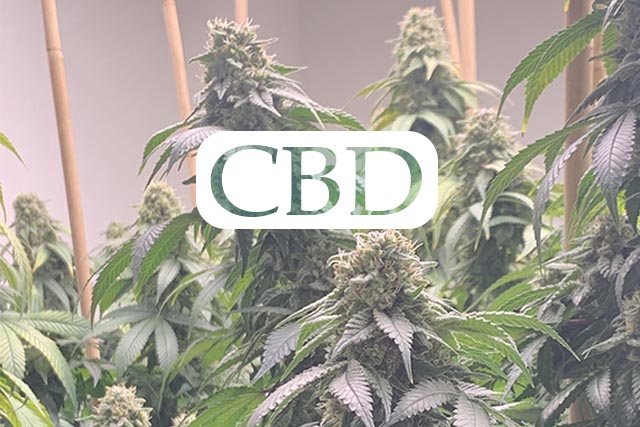
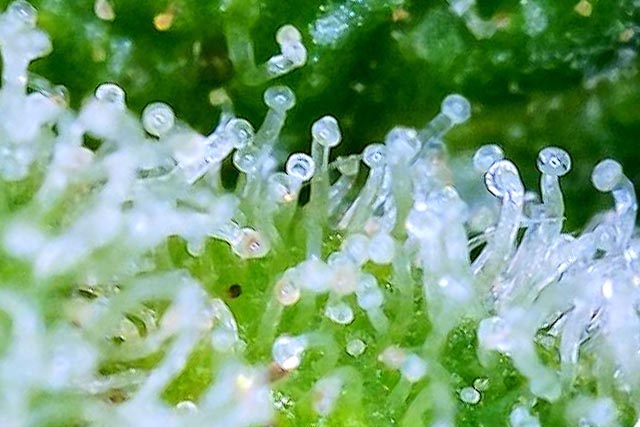
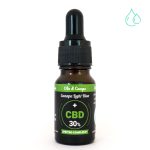
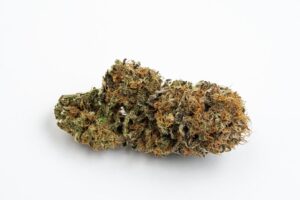

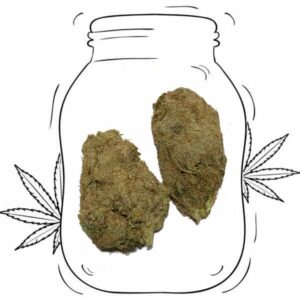
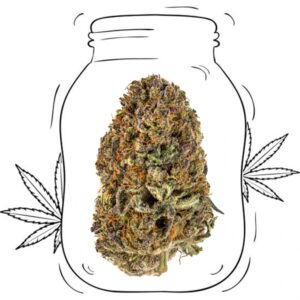
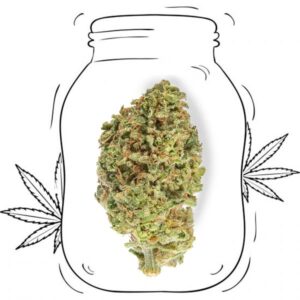
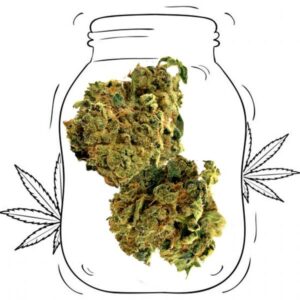
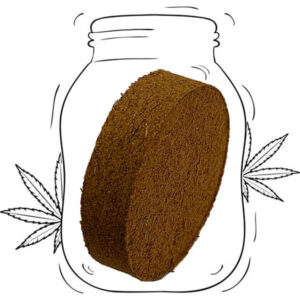
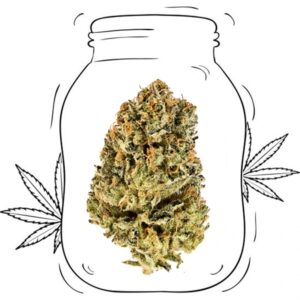

0 Comments